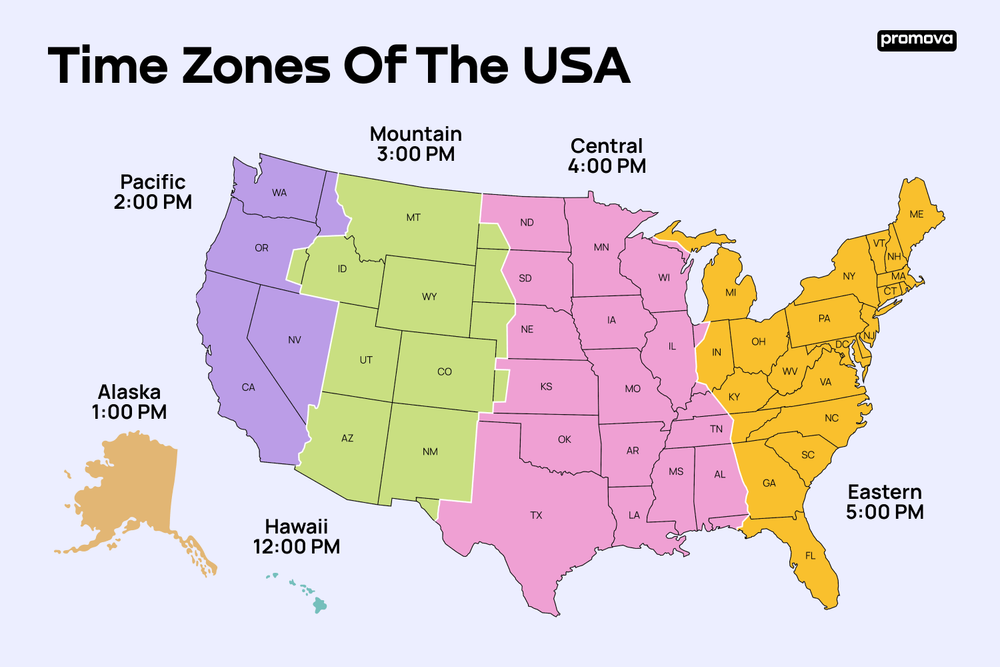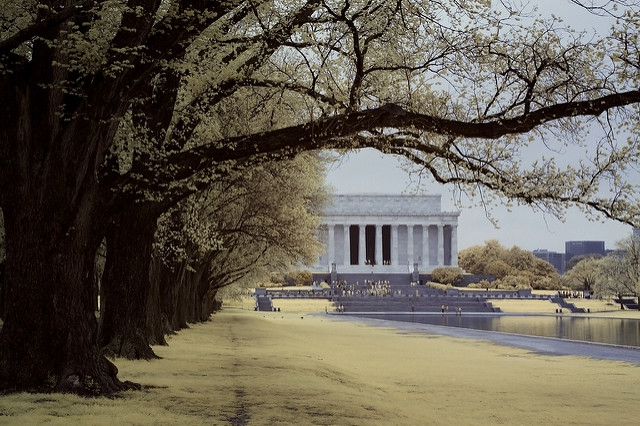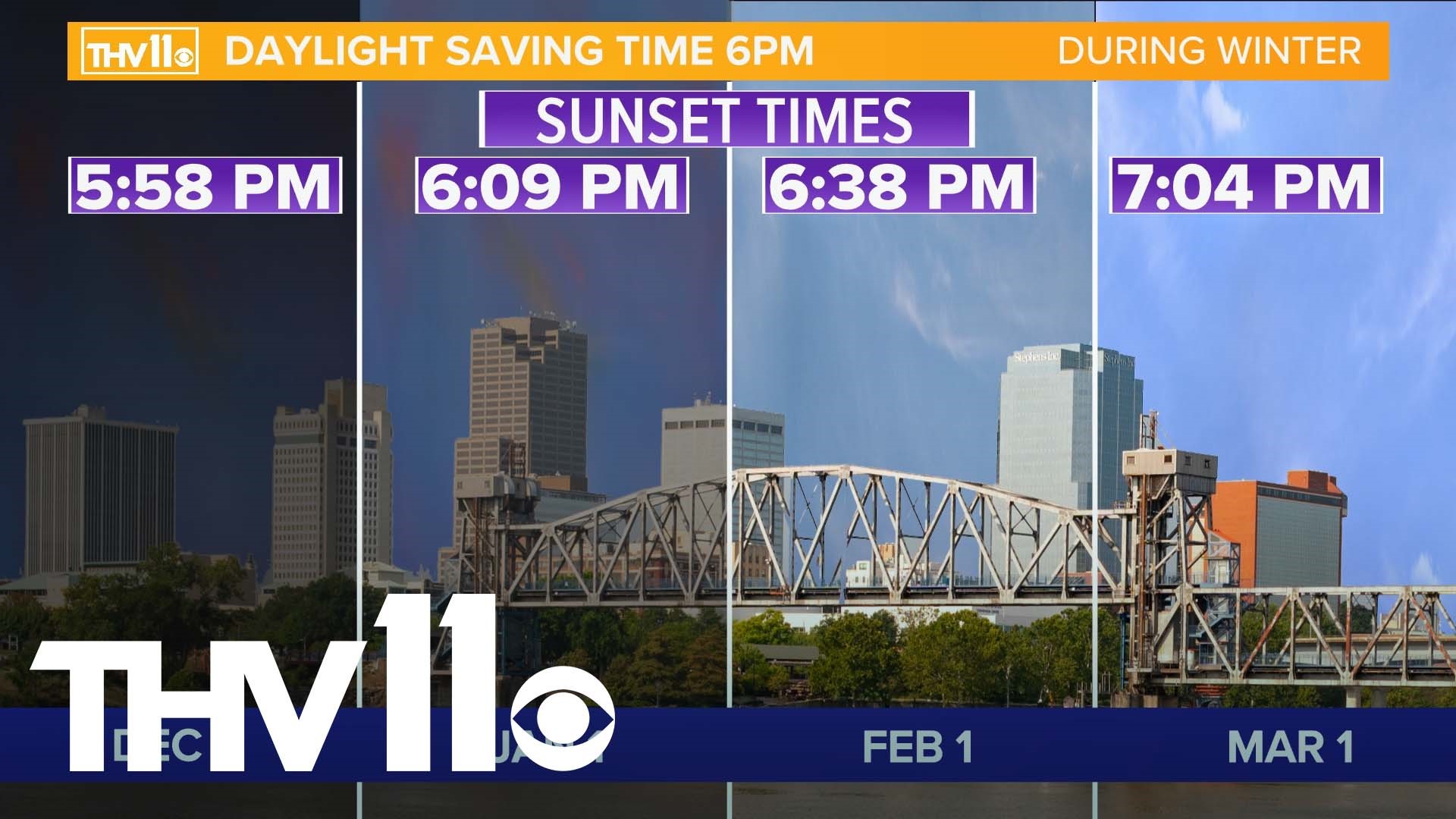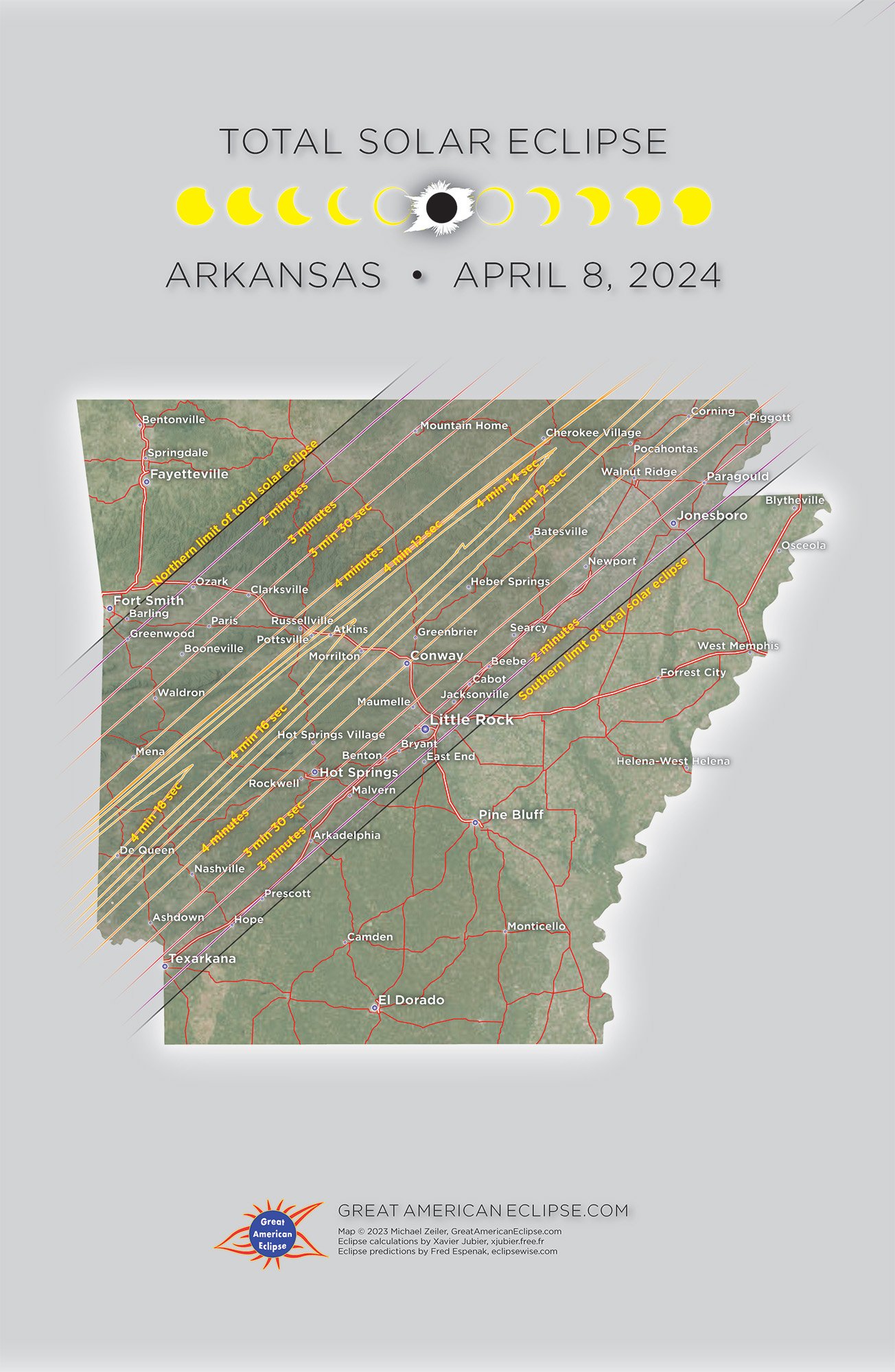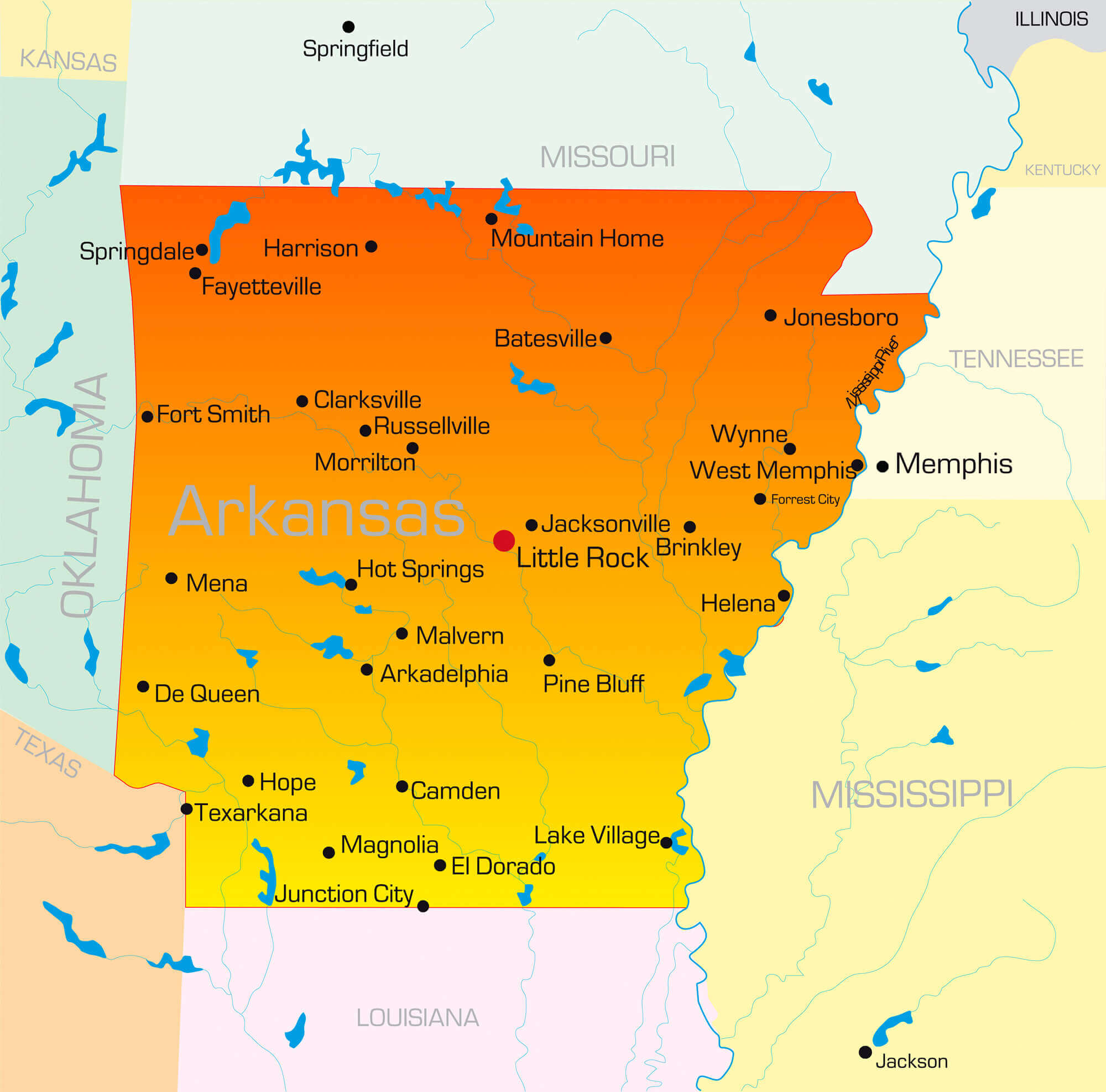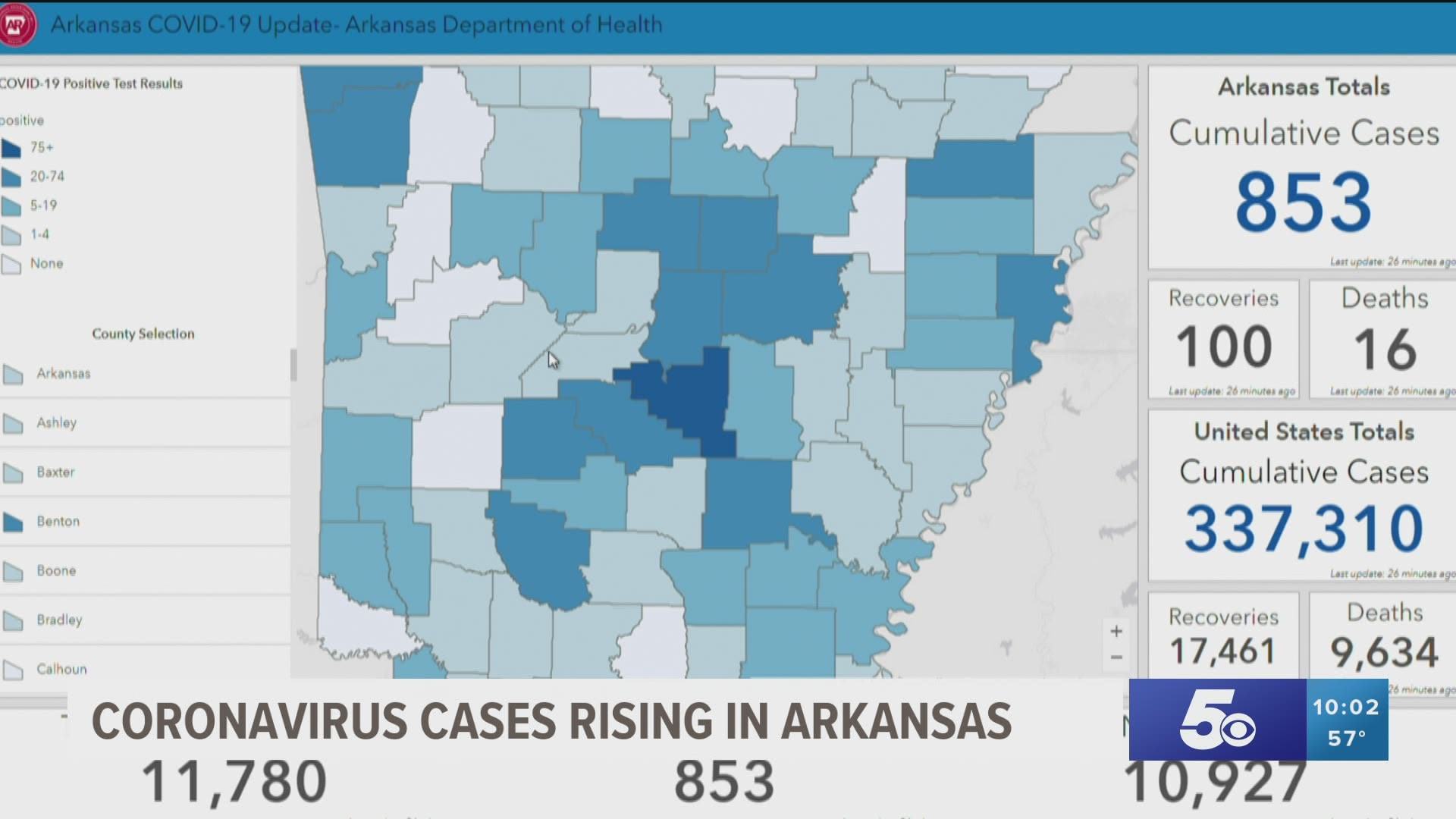What Is Time In Arkansas Now

The question of what time it is in Arkansas might seem straightforward, but its implications touch upon daily life, business operations, and even the state's connection to the rest of the nation. Arkansas, like most of the United States, observes daylight saving time (DST) for a significant portion of the year, influencing when the sun rises and sets, and impacting various sectors from agriculture to retail.
Understanding the nuances of time in Arkansas requires considering its standard time zone, the observance of DST, and any potential future shifts in policy. This article will delve into these aspects, providing a comprehensive overview of the current time situation in the Natural State.
Understanding the Central Time Zone
Arkansas operates within the Central Time Zone (CT). This zone is six hours behind Coordinated Universal Time (UTC-6) during standard time and five hours behind (UTC-5) when observing daylight saving time.
The Central Time Zone covers a large swathe of the United States, stretching from the Canadian border to the Gulf Coast. Neighboring states such as Missouri, Tennessee, and Louisiana also adhere to Central Time, facilitating easy communication and business transactions across state lines.
Daylight Saving Time in Arkansas
Arkansas observes Daylight Saving Time, a practice mandated by federal law. This means that each year, on the second Sunday in March, clocks are advanced by one hour at 2:00 AM local time, effectively "springing forward".
The state then remains on daylight saving time until the first Sunday in November, when clocks are turned back one hour at 2:00 AM, returning to standard time, often referred to as "falling back". This synchronized shift affects not only Arkansas but most of the United States.
The rationale behind DST is to better align daylight hours with the times when people are most active, theoretically saving energy and boosting economic activity. However, the actual energy savings and economic impacts remain a subject of debate.
The Current Time and Its Significance
To know the precise time in Arkansas at any given moment, one can simply consult any online time source or a standard clock. Because the state observes daylight saving time for a large portion of the year, it is critical to ascertain whether DST is currently in effect.
The time impacts various facets of life in Arkansas. It dictates school start times, business operating hours, the scheduling of television broadcasts, and even agricultural practices.
For example, farmers need to know the accurate time for planting and harvesting, aligning their work with daylight hours. Retail businesses adjust their hours to cater to customers during peak times.
Potential Changes to Time Observance
The topic of daylight saving time is not without controversy, and there have been discussions at both the state and federal levels regarding its continuation. Some advocate for permanent standard time, while others prefer permanent daylight saving time.
There are potential benefits and drawbacks to either approach. Permanent standard time would mean consistent sunrise and sunset times throughout the year, eliminating the bi-annual disruption to sleep schedules.
Conversely, permanent daylight saving time would provide longer evenings year-round, potentially boosting outdoor recreation and retail sales. However, it would also result in later sunrise times during the winter months.
Arkansas State Representative John Smith, has publicly voiced support for a bill to study the potential impacts of permanent DST on the state's economy and public health.
Any potential changes to time observance in Arkansas would require legislative action and could also depend on federal regulations, creating a complex landscape for future adjustments.
Impact on Residents and Businesses
The current time and its seasonal fluctuations have a direct impact on the residents of Arkansas. The bi-annual shift between standard time and daylight saving time can disrupt sleep patterns, leading to fatigue and reduced productivity for some individuals.
Businesses, particularly those with operations spanning multiple time zones, must carefully coordinate their schedules to accommodate the time difference. Missed deadlines and communication errors can arise if the correct time zones are not considered.
Moreover, industries like transportation and logistics are heavily reliant on accurate timekeeping to ensure efficient delivery schedules and prevent delays.
Staying Informed
Staying informed about the current time in Arkansas is crucial for both residents and visitors. Numerous online resources, including websites and mobile apps, provide real-time information on the time, time zone, and DST status.
News outlets and government websites also offer updates on any potential changes to time observance policies. It's always best to consult multiple sources to ensure accuracy.
By staying informed, individuals can avoid potential scheduling conflicts, minimize disruptions to their routines, and maintain a clear understanding of their connection to the broader world through time.
Conclusion
Understanding the current time in Arkansas involves recognizing its adherence to the Central Time Zone and its observance of Daylight Saving Time. While seemingly simple, these factors influence various aspects of daily life, from scheduling meetings to planning outdoor activities.
As discussions surrounding the future of DST continue at the state and national levels, staying informed about potential changes to time observance is essential for all Arkansans.
Whether you're a resident, a business owner, or simply passing through, knowing the accurate time in Arkansas ensures seamless integration with the state's rhythm and connection to the nation's temporal landscape.

